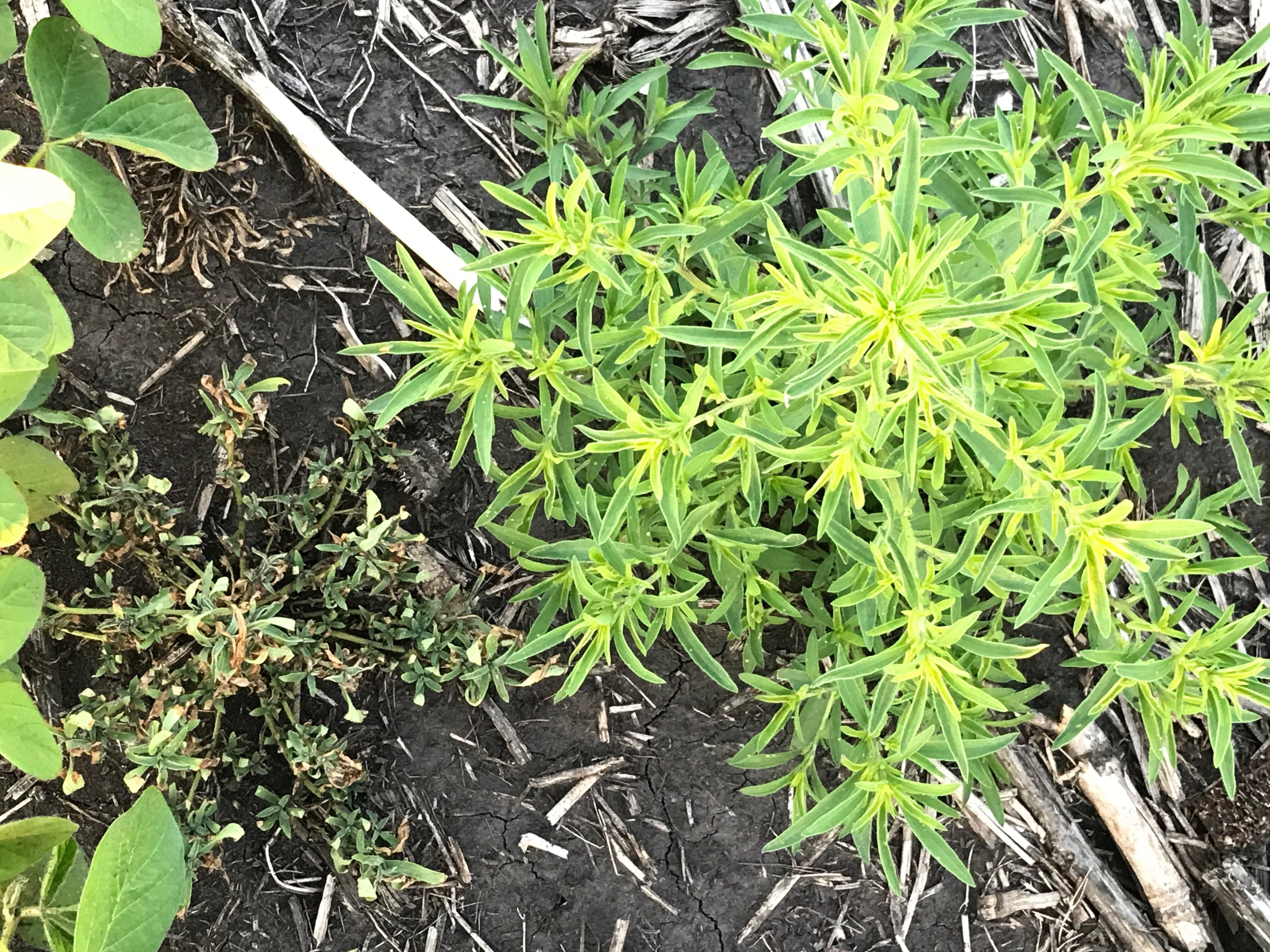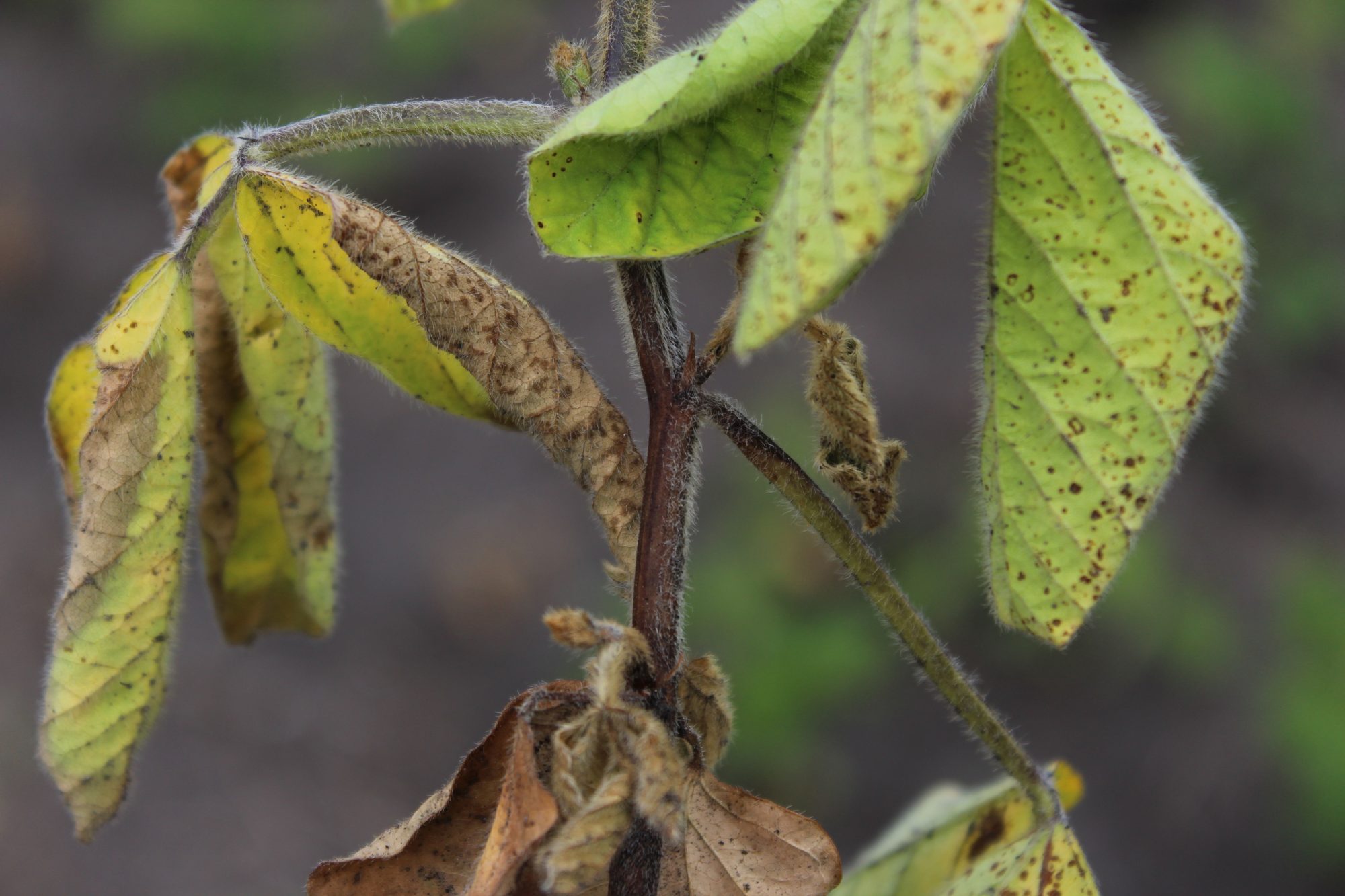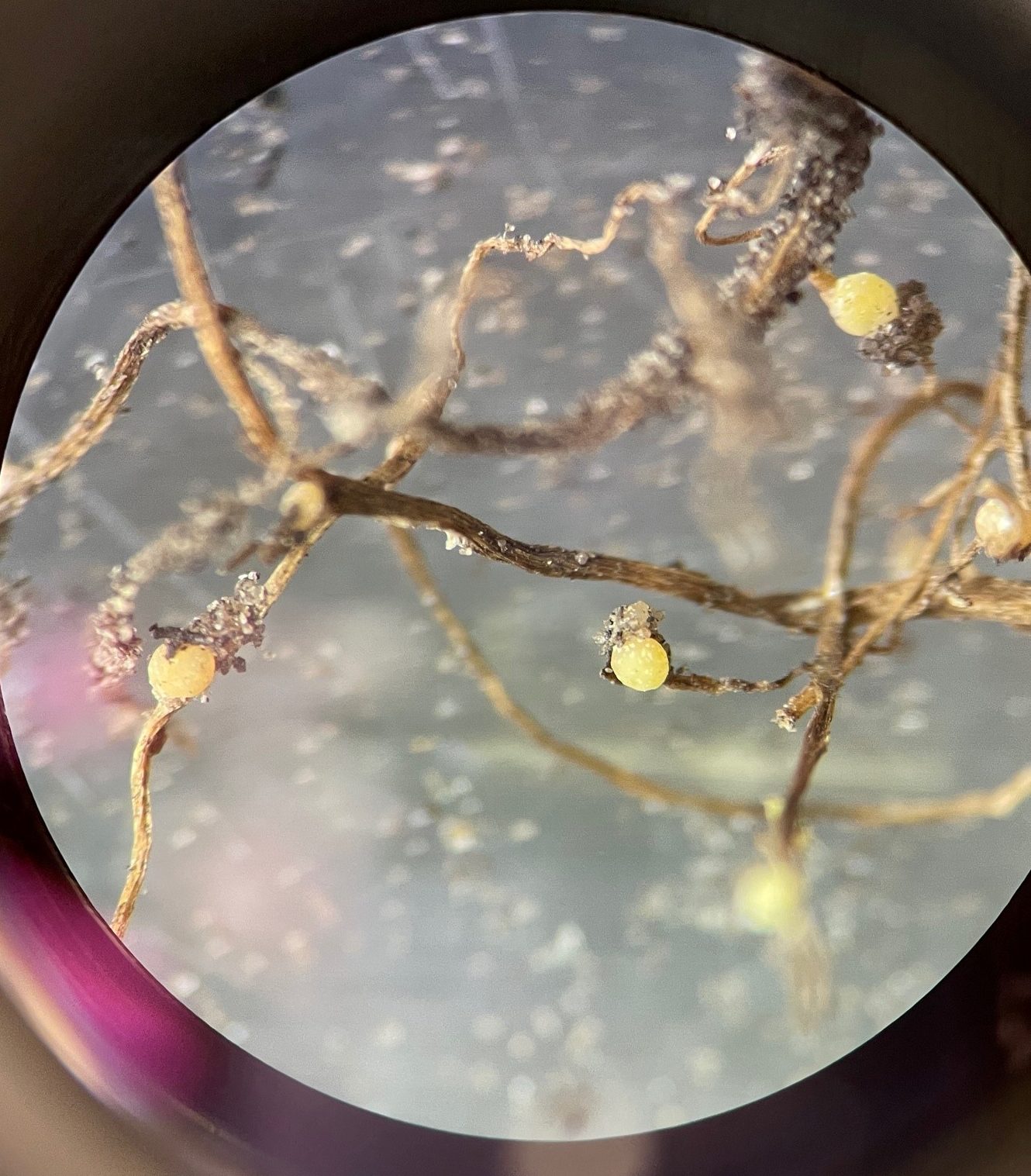Crop: Soybean
-

Herbicide Resistance in Manitoba
Tammy Jones, Industry Development Specialist – Weeds, Manitoba Agriculture PALMER AMARANTH, TALL waterhemp, Canada fleabane… the scientific community continues to document the development of herbicide-resistant weeds with confirmation of resistance to new modes of action or multiple mechanisms within one weed. … Continue reading →



You must be logged in to post a comment.